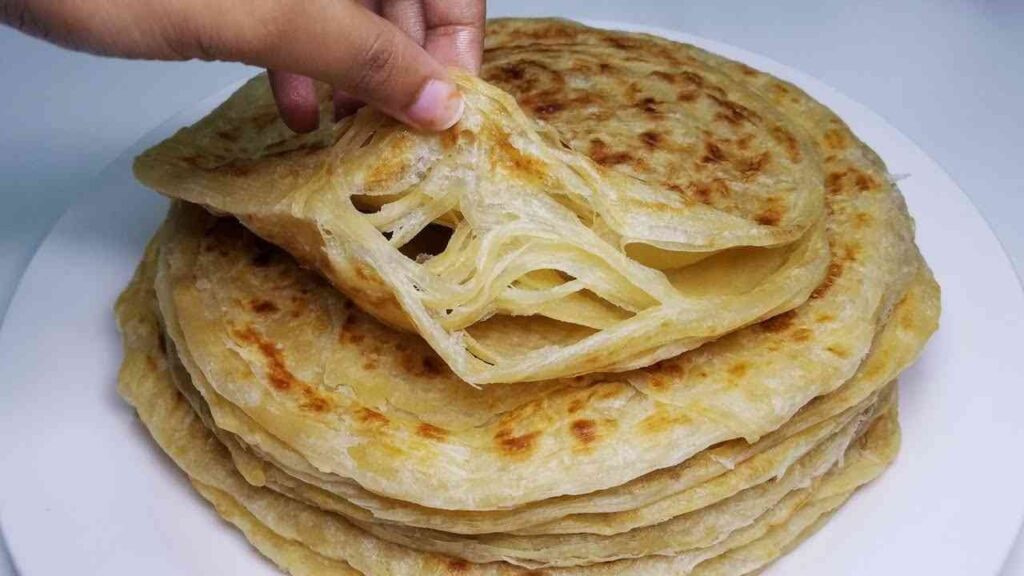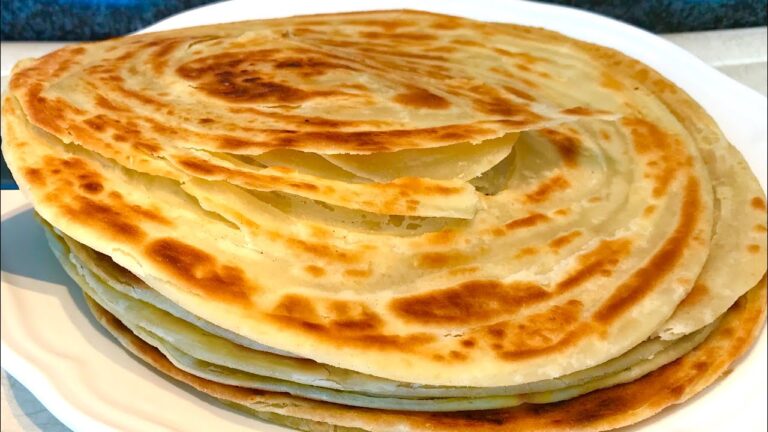- To make soft, layered chapatis, use boiling water for the dough and ensure it is soft and slightly sticky, adding a little oil to manage stickiness
- Let the dough rest for 20 to 60 minutes under a damp cloth, and cook on a slightly above medium heat using a heavy or non-stick pan
- After cooking, cover the chapatis completely with clean towels or paper to maintain their softness
Chapatis, the beloved flatbread of many cultures, hold a special place in culinary traditions for their versatility and delightful texture. Achieving the perfect chapati that is soft, layered, and stays fresh for days can be a challenge. However, with the right techniques and tips, you can master the art of making these delicious flatbreads.

Here’s a comprehensive guide to ensuring your chapatis come out perfect every time.
1. The Magic of Boiling Water
The temperature of the water used to mix the dough is crucial. Instead of using cold or warm water, opt for boiling water. Boiling water helps in making the dough more pliable, which translates into softer chapatis. This simple yet effective change can keep your chapatis soft for days, unlike those made with colder water which tend to harden quickly.
2. The Perfect Dough Consistency
Kneading the dough correctly is vital for the texture of your chapatis. Avoid making the dough too hard; it should be soft and slightly sticky. To manage the stickiness, add a little oil to the dough. This not only helps in handling the dough better but also contributes to the softness of the final product.
3. The Importance of Resting the Dough
After kneading, let the dough rest for about 20 to 60 minutes. This resting period allows the gluten to relax, making the dough easier to roll out and helping in achieving a softer texture. Cover the dough with a damp, clean towel during this time to prevent it from forming a hard crust on the surface.
4. Rolling the Dough Correctly
When rolling out your chapatis, ensure that they are not too thin, especially in the center. Thin chapatis tend to harden during cooking. Aim for an even thickness that is slightly thicker at the center to avoid this issue. This technique helps in achieving a more uniform cook and prevents the chapati from becoming hard and brittle.
5. Cooking Temperature and Technique
Cooking chapatis at the right temperature is essential. Use slightly above medium heat; too low a heat will result in hard chapatis, while too high a heat will burn the outside before the inside is fully cooked. The goal is to achieve a balance where the chapatis cook evenly and remain soft.
6. The Right Pan for the Job
Investing in a good quality pan can make a significant difference. A non-stick or a thick, heavy pan is ideal as it distributes heat more evenly and prevents the chapatis from hardening.
Must Read:
1: How New Flood Control Technology Helped Laikipia County Withstand Flood
2: Five Things to Consider to Become a Successful Digital Content Creator
Light pans tend to heat unevenly, which can negatively impact the texture of the chapatis.
7. Proper Storage After Cooking
Once your chapatis are cooked, it’s essential to store them correctly to maintain their softness. Cover them completely using clean kitchen towels or paper. This helps in trapping the steam and keeping the chapatis moist. Proper storage ensures that your chapatis remain soft and enjoyable even after several hours.
Making the perfect chapati is a blend of using the right ingredients, techniques, and tools. By following these expert tips, you can ensure your chapatis are soft, layered, and stay fresh longer. Whether you’re preparing them for a family meal or a special occasion, these steps will help you achieve excellent results every time.
Enjoy your cooking and relish the delightful taste of homemade chapatis!

